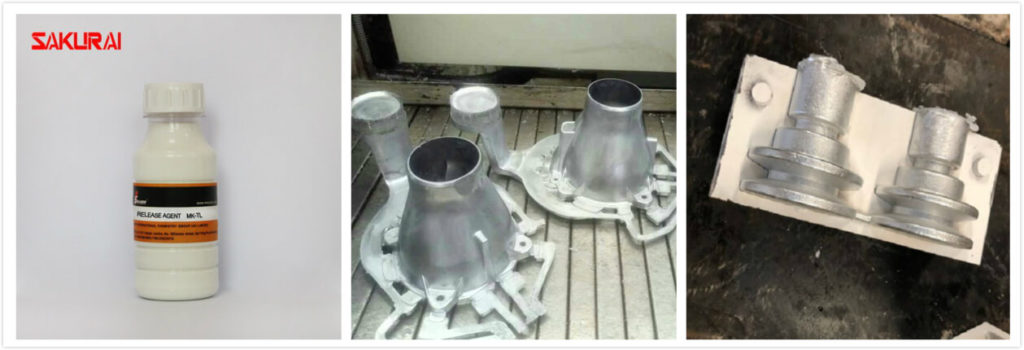A mold release agent ,also named mould release oil, release agent lubricant, casting release agent, is a kind of chemical agent that can be used in order to prevent the bonding of materials to any specific surface. This is an ideal solution for any issues that could occur with a molding process with mold, plastic, adhesive, and web releases during any cycle.
This is an essential part of any molding cycle and the higher the quality of the agents, the more cycles can be done without the need for other applications. This is why it’s important to know what type of molding agent to use depending on the specific needs during any given project.
Different Types of Mold Release Agents?
There are many types of release agents available and they all have their own attributes and uses. The important thing is to know when to use each of these mold release agents to guarantee the best outcome. Having professional guidance in this process is also going to be very useful.
- Sacrificial mold release agent
This is not the most popular type of mold release agent because it needs to be applied several times before every molding operation cycle. You could say that this is the least popular and used type of molding agent when you want to have long-lasting coatings.
- Solvent-based mold release agent
This is a great type of coating due to how fast it dries up and this makes it extremely practical. The biggest issue with this type of coating is that it contains a lot of hazardous ingredients and this makes it extremely toxic, bot to mention that it is also very flammable, so it does pose many risks.
- Water-based mold release agents
In contrast with solvent-based molding agents, the water-based release is going to take much loge to dry up, but the health hazards are much lower and this makes it the least toxic molding agent that can be used for any kind of purpose.
- Semi-permanent mold release agent
There is no way to measure how many releases will be possible before you need to apply this mold release agent again, but it does provide a very reliable solution that will help you avoid having to apply the agent again and again for every single cycle you do when molding.
Application of Mold Release Agent
- Mold Release Agent For Polyurethane
Water-based&Oil-based Polyurethane release agent is specially designed for polyurethane material, such as PU soft foam, PU rigid foam, PU flexible foam, PU shoe Sole, PU rubber tires, etc. Widely used in air filters, decorative ornaments, Imitation wood furniture skate wheels, foam seats and dashboards, shoe soles, automotive anti-collision parts, drive belts, car ceiling, car carpets, car roof, PU toys, and other product components.
- Release Agent For Metal casting
When any kind of metal is being cast or forged, you can use a mold release agent for die casting to avoid any issues. Our die casting mold release agent works with Aluminum, Zinc, magnesium as well as aluminum alloy and zinc alloy.

- Release Agent For Composite Material
SAKURAI composite mold release agent has been optimized to cover industry applications from PVA material to advanced composites material, like Carbon Fiber, Fibreglass, Epoxy Resin, FRP Glass Fibre. Mainly provide for small&large manufacturers of PVA Products, Hole LED Lamp, Bicycle frame, Phone shell, etc.
- Other
- Rubber
You can use water diluted silicone mold release agents as well as semi-permanent in order to get the best results when working in the process of molding any products made out of rubber.
-
- Plastics
Most mold release agents work well with plastic, but the kind that is used is going to depend on the size of the project and the productivity expected from the process.



Like!! Great article post.Really thank you! Really Cool.
Thanks for your comment! As a professional mold release agent manufacturer, provide professional product information is what we should do.
While semi-permanent mold release agents offer superior performance and efficiency, their surface preparation and application technique have greater requirements. Failure to follow the correct method of preparation and application has a more dramatic effect on performance than other conventional release agents. Therefore proper training and guidance is critical to maximize the effectiveness, to this end Meiyahg has generated a comprehensive mold release application guide and Troubleshooting common molding issues guide to help aid our customers in applying ReleaSys.
Thanks for your recommending to our mold release agent.
If some one wishes expert view about running a blog then i suggest him/her to visit this weblog, Keep up the fastidious work. Maible Wade Rojas
I am so grateful for your blog article. Much obliged. Hildegaard Minor Hamforrd